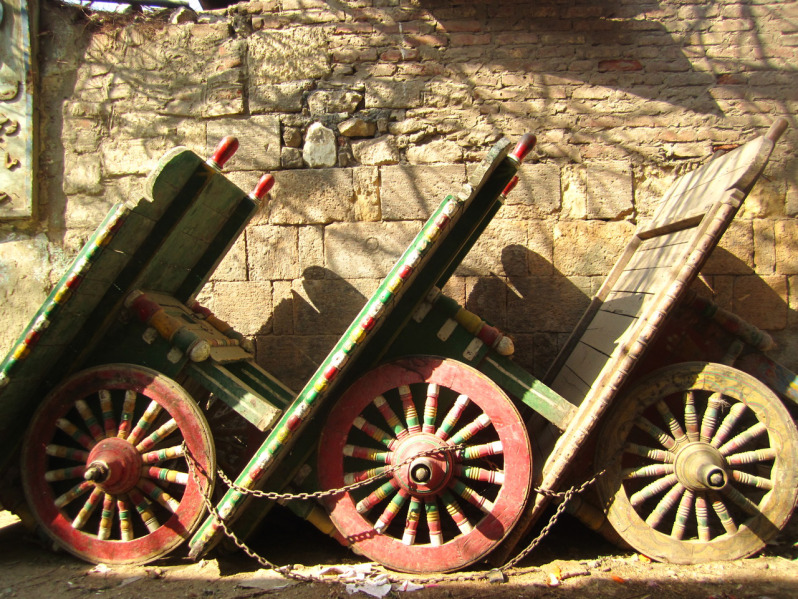Posted on Facebook on March 8, 2013

I’ve often wondered what is it that impresses me most about Mohamed’s photos? Is it their subject, their composition, their colors, or their characters?
I remember well the first time I saw these pictures on his albums on Facebook, browsing through hundreds of photos taken of India, Sardinia, and of many European and Egyptian cities. By then, I had known Mohamed for more than four years, but suddenly while browsing through these images I felt as if I was getting to know him for the first time, for I was suddenly discovering multiple dimensions of his personality that I had not seen before, or at least not so clearly.

I started wondering how did I miss all this beauty, this delicate, sensitive self? And I started to blame myself for as his professor I had obviously failed to allow him the opportunity to teach me, or maybe I did not give myself the opportunity to listen to him.

Mohamed is an eloquent speaker, and in his academic lectures he has the ability to convey to you his passion for his work, but I believe that the ability to express himself visually is uniquely impressive.
I once went with him on one of his Cairene tours, those tours in which he explores the city and discovers its many secret gems. (He is Alexandrian by origin, grew up the Gulf, before moving to New Jersey, where he went to university).

I think he finally found himself in Cairo. We were walking down Hassan al-Akbar Street in Abdin, and suddenly stopped to gaze at a small side street. It seemed but a normal street, nothing extraordinary, but Mohamed caught a small old sign hanging on a wall, so he took out his camera, one of those small pocket cameras that are far from being professional, and he took a couple of pictures.

Later that day, and after returning home and when leafing his Facebook page, I saw the photos he’d taken. No cropping or editing. And I wondered: how did he saw all this beauty? And how did he mange to translate this beauty to these photos so seamlessly, so elegantly? He didn’t even stop when talking when he shot these pictures, as if this beauty was evidently clear.

Mohamed’s photos of Cairo are not what you will find in Google, and, of course, they are far removed from the trite images printed on posters and postcards. Cairo looks pretty, not despite, but because of its soiled buildings, its shaved trees, its faded billboards, the broken furniture of its cafes, its empty shop windows.

In Mohamed’s eyes, Cairo is beautiful because its people are beautiful; he is careful, though, not to slip into romanticizing those Cairenes. Cairo’s houses are warm, inhabited, alive. And its people are tired, of course, but they live gently, with affection and pride.

The photos have some degree of irony, but no sarcasm. An irony of life, but an embrace of it at the same time. You feel that the photographer is embracing life with some degree of apprehension, perhaps, but also with affection. He is concerned about the city, angry at some of its officials and resentful towards some of its inhabitants for how badly they treat her. But he is somewhat optimistic, and he seems confident that somehow she will be able to survive.

Mohamed’s photos are warm; the intimacy and spontaneity in them make you love life, and feel reassured by it.


[…] وقد كتبت أنا منذ ثماني سنوات عن صور الشاهد علي مدونتي هنا معبرا عن اندهاشي بجمال صوره وروعتها بالعربية وبالإنجليزية. […]